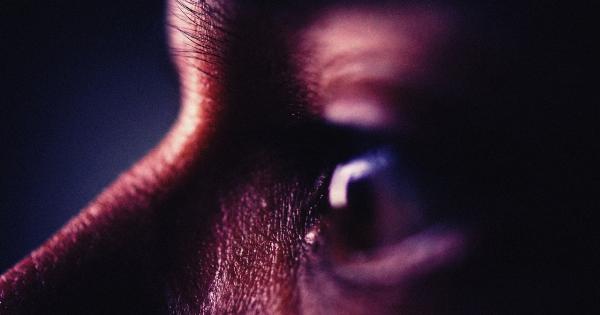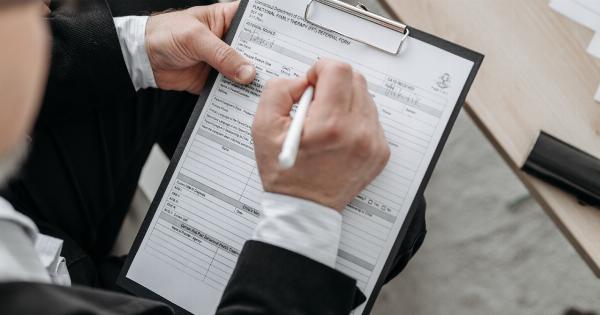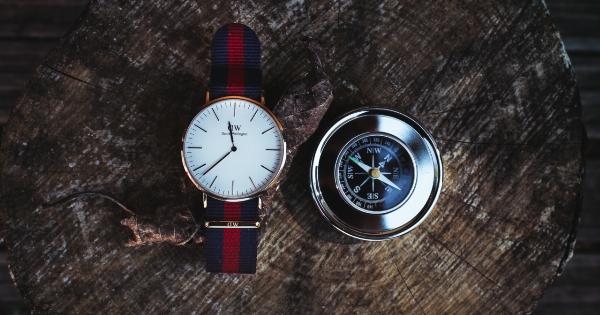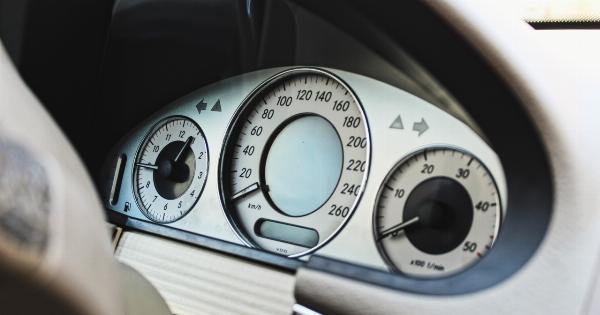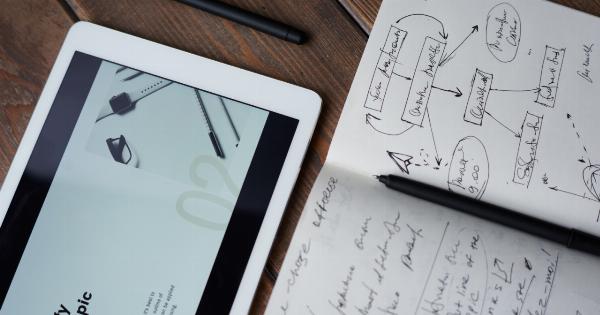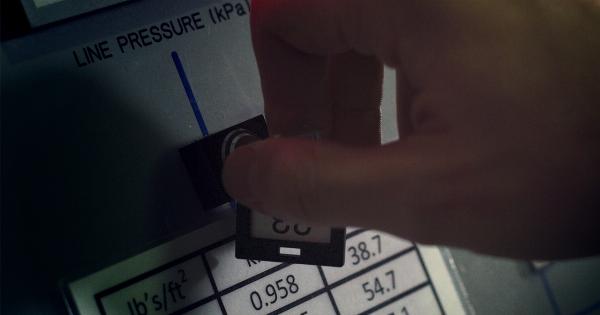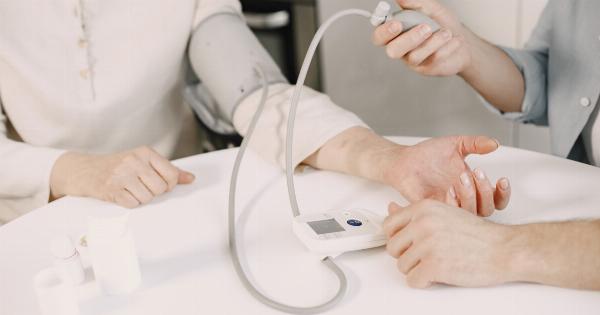Pressure measurement is a critical process in various industries and applications. Whether you work in manufacturing, engineering, or any other field that deals with fluid dynamics, understanding how to accurately measure pressure is essential.
In this ultimate guide, we will explore four expert tips that will help you master the art of pressure measurement.
1. Know the Different Types of Pressure
Before diving into pressure measurement techniques, it’s crucial to understand the different types of pressure you may encounter. There are three main types of pressure:.
A. Absolute Pressure
Absolute pressure is measured relative to a complete vacuum. This type of pressure is typically used in applications where the reference point is zero pressure. Common examples include altitude measurement and vacuum systems.
B. Gauge Pressure
Gauge pressure is measured relative to atmospheric pressure. It is the most commonly used type of pressure measurement and is often denoted as PSIG (pounds per square inch gauge).
Gauge pressure is useful for applications that involve pressure above or below atmospheric pressure, such as in tires or compressed air systems.
C. Differential Pressure
Differential pressure measures the difference between two pressures. It is commonly used to monitor and control flow rates, filter conditions, and level measurement.
Understanding the different types of pressure will help you select the appropriate measurement technique for your specific application.
2. Select the Right Pressure Instrument
Choosing the right pressure instrument is crucial for accurate pressure measurement. Here are some factors to consider:.
A. Measurement Range
Determine the maximum and minimum pressures you need to measure. This will help you choose an instrument that can handle your desired range without losing accuracy.
B. Accuracy and Precision
Check the accuracy and precision of the pressure instrument. Accuracy refers to how close the measured value is to the true value, while precision indicates the instrument’s ability to provide consistent results.
Look for instruments with high accuracy and precision for optimal results.
C. Environmental Conditions
Consider the environmental conditions your pressure instrument will be exposed to. Factors like temperature, humidity, and the presence of corrosive substances can affect the instrument’s performance.
Choose an instrument that can withstand these conditions.
D. Display and Output
Determine if you need a pressure instrument with a digital or analog display. Additionally, consider the output options, such as analog signals, digital interfaces, or wireless connectivity, based on your requirements.
3. Calibrate and Maintain Your Pressure Instrument
Calibration is essential for ensuring the accuracy of your pressure measurements. Regularly calibrating your pressure instrument will help identify any deviations from the true value and allow you to make necessary adjustments.
Here are some tips for calibration:.
A. Use a Certified Calibration Facility
Choose a certified calibration facility that follows recognized industry standards. This will ensure that your pressure instrument is calibrated accurately and reliably.
B. Follow the Manufacturer’s Guidelines
Adhere to the manufacturer’s guidelines for calibration frequency and procedures. These guidelines are designed to maintain the instrument’s accuracy and extend its lifespan.
C. Inspect and Clean the Instrument
Regularly inspect and clean your pressure instrument to remove any dirt, debris, or contaminants that may affect its performance. This also includes checking for damage or wear and tear that may require repair or replacement.
4. Consider External Factors Affecting Pressure Measurement
Several external factors can influence pressure measurements. Understanding and accounting for these factors will help you obtain accurate and reliable results. Here are some common external factors:.
A. Temperature
Changes in temperature can cause variations in pressure measurements. Be aware of the temperature conditions and compensate for them using appropriate correction factors or temperature sensors.
B. Vibration and Shock
Vibrations and shocks can impact the performance of pressure instruments. Mount the instruments properly to minimize the effects of vibration and shock, or consider using shock-resistant instruments for applications with high vibration levels.
C. Elevation and Altitude
Altitude affects atmospheric pressure, which can impact pressure measurements. If your application involves significant changes in altitude, consider using a pressure instrument that compensates for altitude variations.
D. Fluid Properties
The properties of the fluid being measured, such as density and viscosity, can affect pressure readings. Ensure that you are aware of these properties and factor them into your measurements if necessary.
By considering these external factors and implementing appropriate measures, you can enhance the accuracy and reliability of pressure measurements in your applications.
Remember, accurate pressure measurement is crucial for maintaining safety, optimizing processes, and ensuring product quality. By following these expert tips, you will be well-equipped to measure pressure effectively in any given situation.













